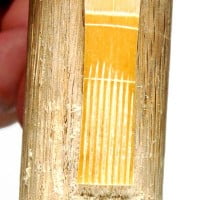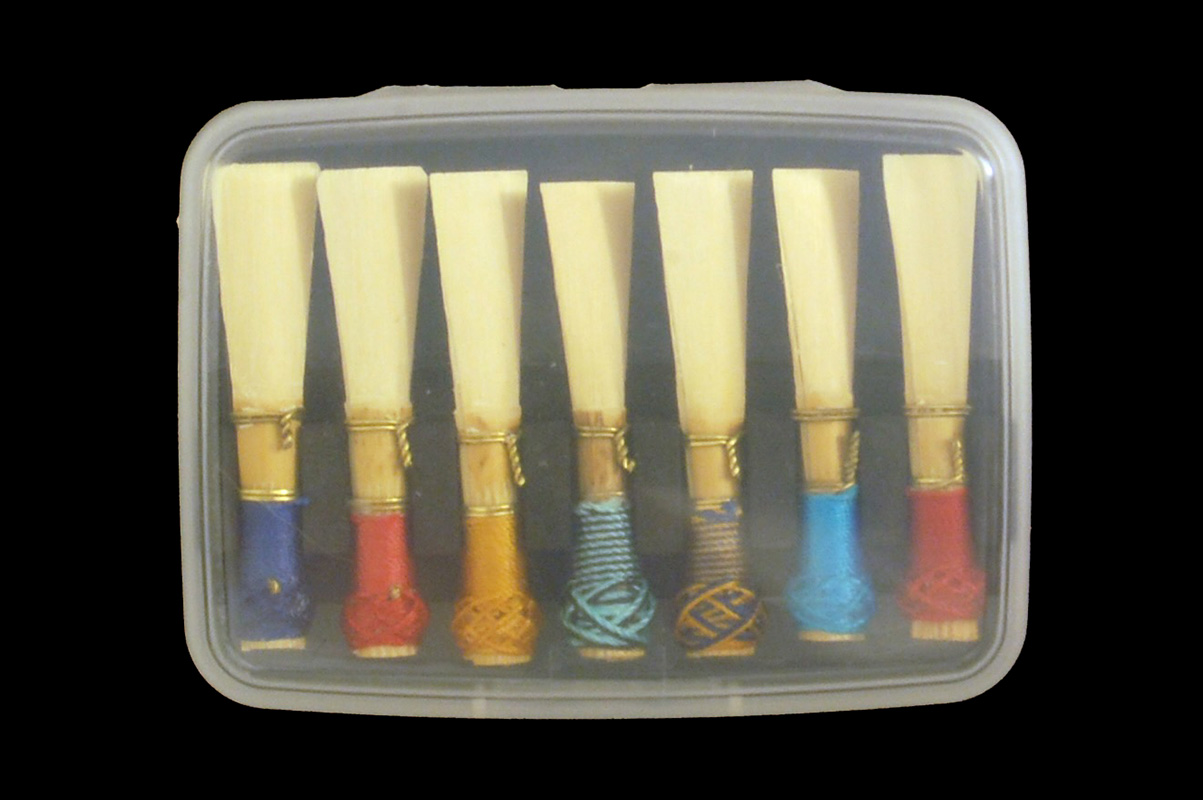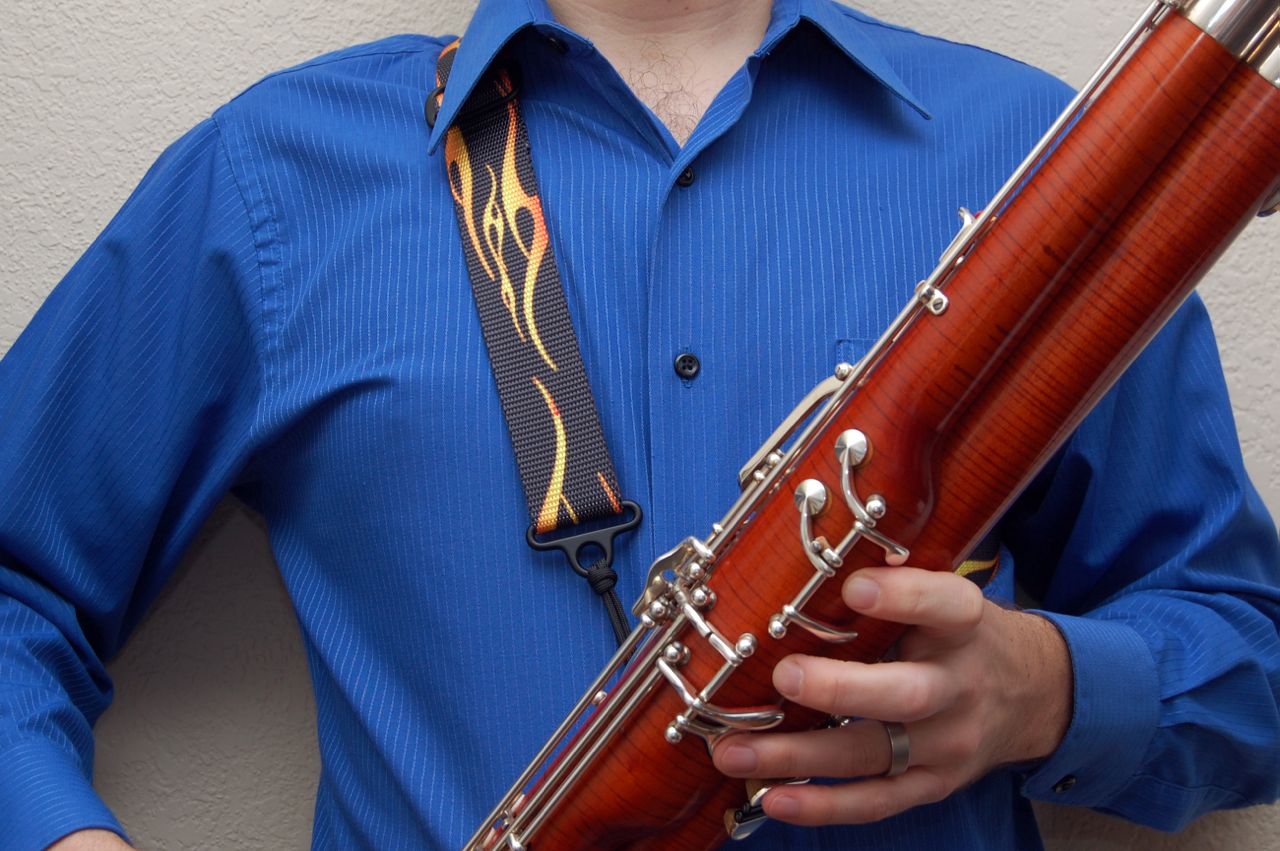Posts by Category:
Books/Movies
DIY
Editions
History
Jazz and Pop
Pedagogy
Recordings
Reed Making
Repertoire
Reviews
DIY
Editions
History
Jazz and Pop
Pedagogy
Recordings
Reed Making
Repertoire
Reviews
Scoring is the process of cutting a number of parallel vertical lines in the bark a piece of gouged, shaped, and profiled cane. These cuts make it easier to form the cane into a cylindrical tube and help prevent cracking during the forming process. Different reed makers have various theories of scoring, involving different numbers, spacing, length, and depth of score marks. There is also quite a variety of tools one can choose from to actually perform the scoring, ranging from a simple utility knife to Rieger’s quite expensive scoring machine. The tool I have used for years is close […]
Note: the cost of materials was roughly $3 when I first published this in 2013. As of 2023, it’s more like $4. Still cheap! I have a number of nice reed cases: a leather-covered three-reed case that came with my bassoon, a nine-reed wooden case by Wiseman, and a couple of beautiful maple cases by Roger Garrett. But I always seem to need more little boxes for transporting reeds for students, stashing French or period bassoon reed, or just to hold overflow from my other cases. My go-to for this sort of thing is the tried-and-true Altoids tin. But Altoids tins […]
The day before the 2012 Meg Quigley Vivaldi Competition and Bassoon Symposium started, Stockton Symphony contrabassoonist Larry Rhodes (shown at right with San Francisco Symphony contrabassoonist Steve Braunstein) led a small group of us on a cane harvesting expedition. Giant cane (Arundo donax), which we bassoonists use to make our reeds, is classified as an invasive pest in California. It tends to grow in streams or marshy areas, and is primarily propagated by pieces floating along waterways and taking root in new locations. The area surrounding Stockton, most of which is part of the San Joaquin River Delta, is host […]
Whenever possible, I prefer standing up to play. I do this for solo works, small chamber pieces, and I’ve even helped convinced a woodwind quintet to stand to perform. Standing gives me more freedom of movement, which I feel allows for more musical freedom, as well. This freedom of movement also makes it easier to communicate with my fellow performers, whether through eye contact or physical gesture. Of course, he bassoon also tends to project better when played standing up, and a standing player is generally just more interesting for the audience to watch. To facilitate standing it’s important to find […]




